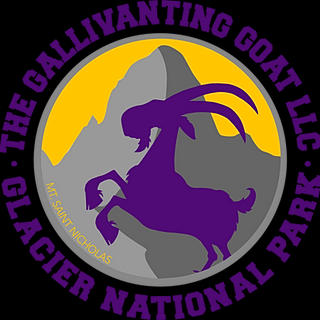Hey - You got blueberries in my huckleberries
- David Thompson
- Jul 18, 2023
- 2 min read

I'm not sure why the question of are huckleberries blueberries or vice versa is such a big question. They are not the same. Vaccinium corymbosum (Northern highbush blueberry) and Vaccinium membranaceum (Mountain huckleberry) are both species belonging to the genus Vaccinium, which is part of the Ericaceae family. While they share some similarities, they also have distinct differences, particularly in their distribution, habitat, growth characteristics, and fruit properties. Before we get going I'd also point out that cranberries also belong to the Vaccinium genus but I don't see anybody confusing cranberries with either hucks or blues. Let's explore their differences and similarities:
1. Geographic Distribution:
Vaccinium corymbosum: The Northern highbush blueberry is native to North America and is commonly found in regions of the eastern and northeastern United States, as well as parts of southeastern Canada.
Vaccinium membranaceum: The Mountain huckleberry is also native to North America, but it is primarily distributed in the western part of the continent, specifically in regions such as the Pacific Northwest, including areas of the United States and Canada.
2. Habitat:
Vaccinium corymbosum: This blueberry species thrives in a variety of habitats, including acidic bogs, moist woodlands, and well-drained sandy soils. It prefers locations with full sunlight for optimal growth and fruit production.
Vaccinium membranaceum: The Mountain huckleberry is commonly found in montane forests, subalpine meadows, and other high-altitude environments. It can tolerate a wider range of soil conditions and is often found growing on rocky slopes and mountainous regions.
3. Growth Characteristics:
Vaccinium corymbosum: The Northern highbush blueberry is a deciduous shrub that can grow up to 6-12 feet tall. It produces clusters of flowers and large, sweet berries that are commonly cultivated for commercial purposes.
Vaccinium membranaceum: The Mountain huckleberry is also a deciduous shrub but tends to be more compact, growing up to 2-4 feet tall. It produces small, dark berries that are known for their intense, somewhat tart flavor.
4. Fruit Properties:
Vaccinium corymbosum: The berries of the Northern highbush blueberry are relatively large, ranging in color from light blue to dark blue. They are known for their sweet flavor and are commonly used in various culinary applications, such as desserts, smoothies, and jams.
Vaccinium membranaceum: The berries of the Mountain huckleberry are smaller and typically darker in color, often deep purple to black when fully ripe. They have a unique, intense flavor, often described as a mix of sweet and tart, making them highly sought after for fresh consumption and culinary uses.
5. Culinary Uses:
Both species have culinary importance, but Vaccinium corymbosum (Northern highbush blueberry) is more widely cultivated and commercially available, commonly seen in grocery stores and markets.
Vaccinium membranaceum (Mountain huckleberry) is often harvested from the wild and is highly regarded in local and regional cuisines, especially in areas where it is abundant. Typically hand picked with large amounts of time devoted to scouting, hiking, and cleaning makes these berries highly desirable.
In summary, while Vaccinium corymbosum and Vaccinium membranaceum belong to the same genus, they differ in their geographic distribution, habitat preferences, growth characteristics, fruit properties, and culinary uses. The Northern highbush blueberry is more widely cultivated and available, while the Mountain huckleberry has a more localized presence and is often enjoyed as a special regional treat. Both species, however, offer delicious and nutritious berries with unique flavors and qualities.




Comments